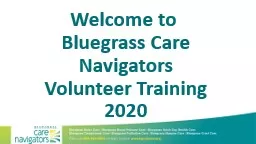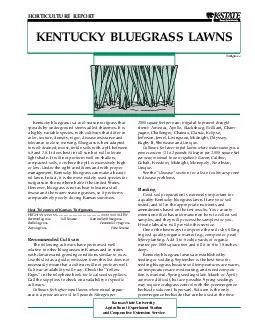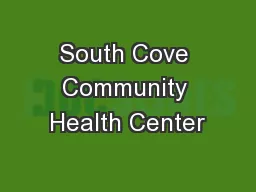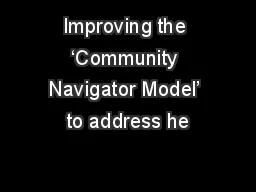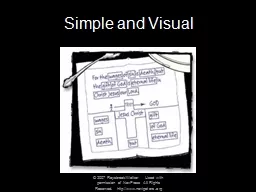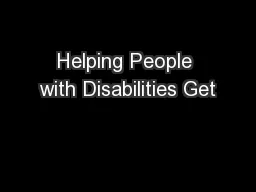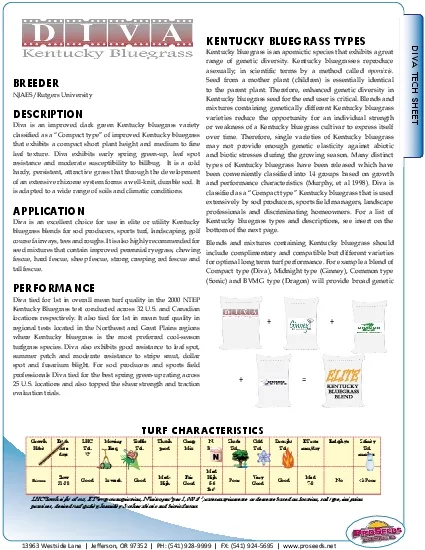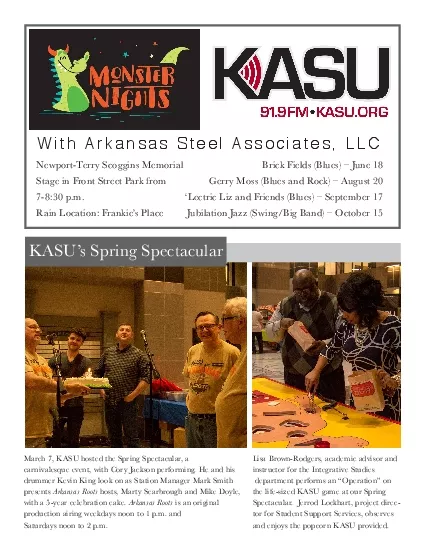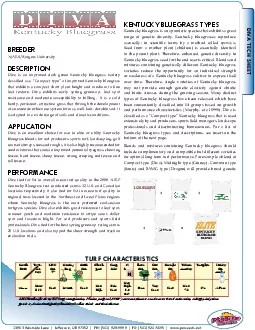PPT-Welcome to Bluegrass Care Navigators
Author : kimberly | Published Date : 2022-02-12
Volunteer Training 2020 Overview The History of Hospice Understanding Hospice Services The Plan of Care The Interdisciplinary Team Bluegrass Care Navigators Service
Presentation Embed Code
Download Presentation
Download Presentation The PPT/PDF document "Welcome to Bluegrass Care Navigators" is the property of its rightful owner. Permission is granted to download and print the materials on this website for personal, non-commercial use only, and to display it on your personal computer provided you do not modify the materials and that you retain all copyright notices contained in the materials. By downloading content from our website, you accept the terms of this agreement.
Welcome to Bluegrass Care Navigators: Transcript
Download Rules Of Document
"Welcome to Bluegrass Care Navigators"The content belongs to its owner. You may download and print it for personal use, without modification, and keep all copyright notices. By downloading, you agree to these terms.
Related Documents

